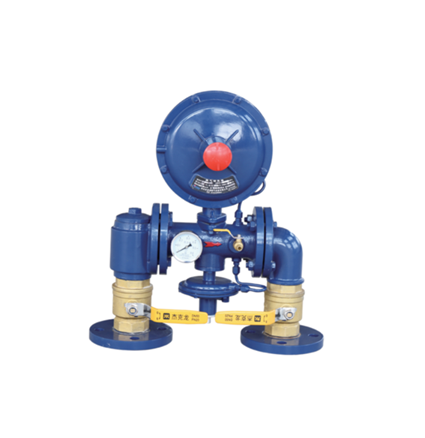
Dec . 03, 2024 18:45
Back to list
pressure vessel
Understanding Pressure Vessels Essential Components in Modern Engineering
Pressure vessels are critical components widely used in various industries, such as oil and gas, chemical processing, power generation, and even food production. These specialized containers are designed to hold gases or liquids at pressures significantly higher than atmospheric pressure. The primary purpose of pressure vessels is to safely store and contain materials under pressure while ensuring the safety and efficiency of operations.
Design and Materials
The design of a pressure vessel is governed by rigorous engineering standards due to the potentially hazardous nature of the contents and the high pressures involved. Common standards governing pressure vessel design include the American Society of Mechanical Engineers (ASME) Boiler and Pressure Vessel Code and various national and international regulations. Key factors considered during the design phase include the type of material to be used, the pressure and temperature conditions the vessel will face, and the specific fluid's characteristics being contained.
Materials used in the construction of pressure vessels must be chosen carefully to ensure durability and resistance to corrosion and heat. Common materials include carbon steel, stainless steel, and various alloys, all tailored to withstand the expected operational conditions. In some cases, composite materials may also be utilized, offering benefits such as reduced weight while maintaining strength.
Types of Pressure Vessels
Pressure vessels come in various shapes and sizes, reflecting their intended applications
. The most common types include1. Storage Tanks Often used for the bulk storage of liquids and gases, these vessels can range from small tanks to massive storage structures, depending on the required capacity.
2. Reactors In chemical processing industries, reactors are specialized pressure vessels designed to facilitate chemical reactions under controlled pressure and temperature conditions.
pressure vessel

3. Heat Exchangers These pressure vessels are employed to transfer heat between two or more fluids without mixing them. They play a crucial role in power plants and chemical processing.
4. Autoclaves Used primarily in sterilization processes, autoclaves utilize high pressure and temperature to eliminate bacteria and pathogens in medical and laboratory settings.
Safety and Regulations
The importance of safety in the design and operation of pressure vessels cannot be overstated. Failure to adhere to engineering standards can lead to catastrophic accidents, including explosions and leaks, which can result in significant harm to people and the environment.
Regular inspections and maintenance are critical in ensuring the integrity of pressure vessels over time. This includes checking for corrosion, cracks, or other signs of wear. Non-destructive testing methods, such as ultrasonic testing and radiographic inspection, are commonly employed to assess the vessel's condition without compromising its structural integrity.
Furthermore, regulatory bodies enforce strict guidelines on the operation and maintenance of pressure vessels, requiring operators to keep detailed records of inspections, repairs, and modifications.
Conclusion
In conclusion, pressure vessels are vital components in numerous industries, playing a crucial role in storage, processing, and safety. Their design and construction involve extensive knowledge of materials science, engineering principles, and safety regulations. As technology advances and the demands of industries evolve, pressure vessels will continue to be a focus of research and innovation, ensuring that they meet the highest standards of safety and efficiency. In an era where energy and resource management are critical, the role of pressure vessels will only become more significant, highlighting the need for ongoing education and awareness in this essential field of engineering.
Latest news
-
Safety Valve Spring-Loaded Design Overpressure ProtectionNewsJul.25,2025
-
Precision Voltage Regulator AC5 Accuracy Grade PerformanceNewsJul.25,2025
-
Natural Gas Pressure Regulating Skid Industrial Pipeline ApplicationsNewsJul.25,2025
-
Natural Gas Filter Stainless Steel Mesh Element DesignNewsJul.25,2025
-
Gas Pressure Regulator Valve Direct-Acting Spring-Loaded DesignNewsJul.25,2025
-
Decompression Equipment Multi-Stage Heat Exchange System DesignNewsJul.25,2025

